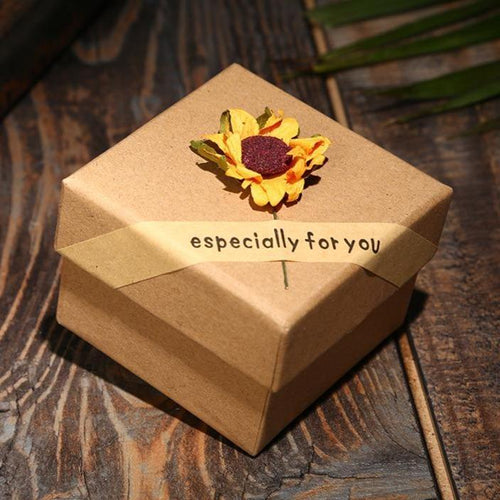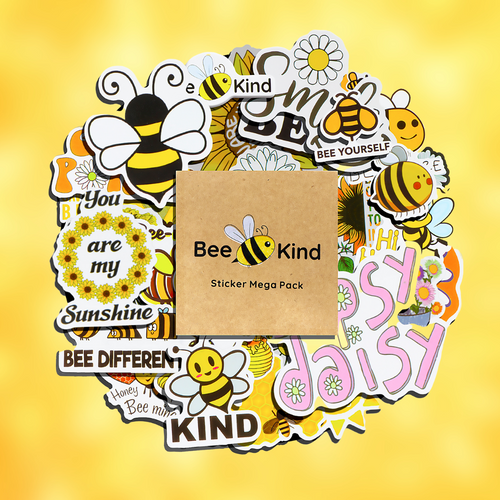What are pesticides?
Pesticides are chemicals used to reduce damage to crops from weeds, rodents, insects, and germs, which increases the yield of fruits, vegetables, and other crops.
The use of synthetic pesticides in the US began in the 1930s and became widespread after World War II.
World War II was the first U.S. war in which diseases – many like typhus and malaria carried by insects – killed fewer people than bullets and bombs. The reason was DDT (dichloro-diphenyl-trichloroethane) ). The insect killer – or "insecticide" – was used extensively by the U.S. military during the war.
So, after World War II, U.S. farmers began using new chemicals, many developed during the war, to fight pests. Grasslands weeds like musk thistle, and insects like corn borers, threatened production lands as markets were expanding during the postwar economic boom.
The ideal pesticide would destroy its target pest without causing any negative effects to humans, non-target plants, animals, and the environment. However, pesticides are not perfect, and their use can have health and environmental effects.

This is an actual ad that appeared in an actual American magazine. The ad is typical for its time. From the end of World War II up through the 1960s, DDT was heavily marketed as a powerful insecticide for both agricultural and home use.
The U.S. government banned the use of DDT in 1972 after research exposed its many dangers, but its use was widespread, in the U.S. and across the world, for almost three decades.
Why are pesticides dangerous to pollinators?
As we know approximately 90 percent of all flowering plants require pollinators to survive. In agriculture, nearly a third of pollination is accomplished by honeybees.
Pesticides, alone and in combination with other factors, have had a devastating effect on honeybees and wild pollinators. Pesticides commonly found in lawn and agriculture products are known to be hazardous to bees – some killing bees outright and others with subtle effects that reduce a bee’s ability to thrive.
Carbamates, organophosphates, synthetic pyrethroids, chlorinated cycloidians and neonicotinoids are highly toxic to bees.
Pesticide levels that do not kill bees at significant rates may have effects on performance that inhibit tasks such foraging, and reproduction, which affects survival of these wonderful creatures.
Since 2006, when the term “Colony Collapse Disorder” or CCD became widespread in the U.S., as commercial beekeepers have reported extraordinary losses averaging 29 to 45 percent per year. Such losses are unprecedented — more than double what is considered normal.
What can be done?
Scientists are only now starting to learn about some of the destructive effects of pesticides, and there are still many questions left unanswered.
For example, farmers tried spraying pyrethroid insecticides in the early morning or late afternoon, when honeybees are less likely to be foraging. However, as it turned out it is dangerous to bumblebees. These distinct differences must be considered.
There are several pesticide alternatives, that can keep crops pest-free naturally.
For example, “companion planting”. It means that you plant partner-plants together with crops to keep them pest-free.
It is interesting that some plants naturally repel specific pests. For example, if you plant tomatoes with cabbage, the tomatoes naturally repel diamond-backed moth larvae that eat cabbage. Or, basil with tomato can fend of flies and mosquitoes.
Another way to get rid of pests is to create natural barriers. For example, in the United Kingdom farmers plant tussock grass to cut across the middle of their agricultural field, giving a home to beetles and spiders that would protect the nearby crops from aphid pests.
Of course these alternatives have a different scalability in agricultural production. But you can always start with your own backyard and hopefully, by ditching chemicals and relying on natural pest-control methods you can contribute towards saving bees.











